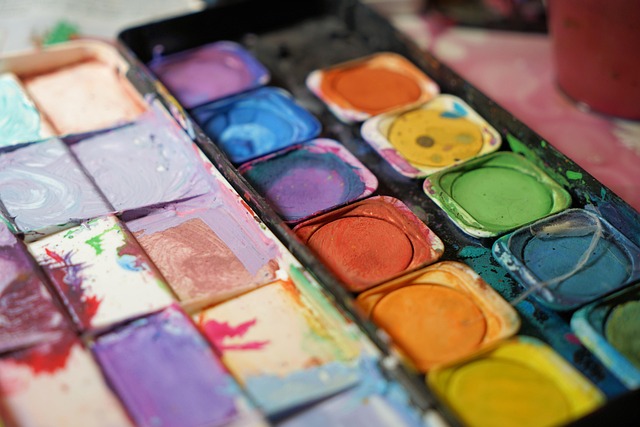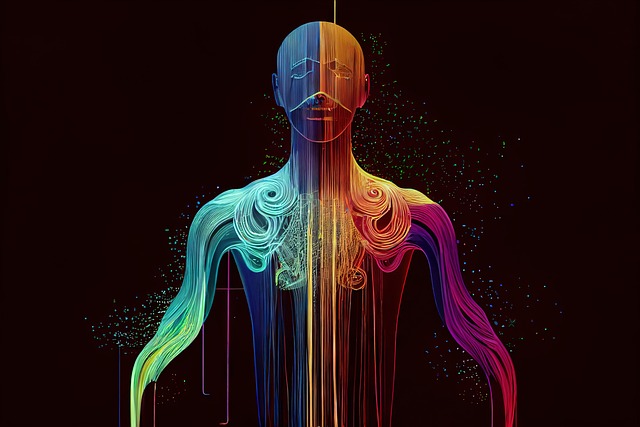Bridging Art and Design: Mastering Pixel Graphics
In the vibrant world of digital creation, pixel graphics stand as a unique bridge between art and design, offering a nostalgic yet continually evolving medium for expression. The aesthetic of pixel art takes us back to the origins of computer graphics, where limitations sparked incredible creativity. This synthesis of art and design not only celebrates the charm of low-resolution imagery but also challenges artists to think differently about shapes, colors, and narratives.
At its core, pixel graphics demand a keen understanding of artistic principles. Each pixel is a building block, and every choice counts; a single misplaced pixel can alter the entire composition. Artists must embrace this meticulous attention to detail, honing their skills in color theory, composition, and spatial awareness. The beauty of pixel art lies in its simplicity—yet it can convey complex emotions and stories, proving that less can indeed be more.
On the design front, pixel graphics provide a distinctive style that can set a project apart in a saturated digital landscape. Designers often leverage this retro aesthetic to evoke feelings of nostalgia or to capture the essence of a specific theme or genre. The bold and defined structures of pixel art maintain a unique quality that resonates with audiences, drawing them into the world being created.
As artists begin mastering pixel graphics, they discover a delightful interplay between art and design. The process becomes an exploration of limitations, enabling creators to push boundaries and develop innovative techniques. Collaborative projects often flourish in this space, as artists and designers work together to redefine what is possible within the pixelated realm. Workshops focusing on pixel art can be incredibly beneficial, fostering community and inspiring new ideas.
What makes pixel graphics particularly compelling is its accessibility. Tools for creating pixel art are widely available, from sophisticated software like Aseprite to browser-based applications. This democratization of art means that anyone with a passion for creating can delve into the world of pixel graphics, producing eye-catching art that captures the imagination of viewers. Art schools and online tutorials enrich this journey, turning enthusiasts into skilled artists who understand the nuances of their craft.
Furthermore, as technology continuously evolves, so does the integration of pixel graphics into various mediums. Video games, mobile apps, and even fashion designs are increasingly embracing the pixelated aesthetic. This cross-pollination of disciplines emphasizes the importance of adaptability for artists and designers, encouraging them to remain curious and open-minded in their pursuits.
In the realm of pixel graphics, the convergence of art and design creates a space where imagination thrives. Whether it’s a minimalist character sprite or a sprawling pixelated landscape, each creation carries the indelible mark of human creativity. Understanding the balance between artistic expression and design principles is essential for those looking to master this captivating medium. So, whether you’re a seasoned artist or a curious beginner, embrace the pixelated journey and discover how to unify art and design in a remarkable way!




